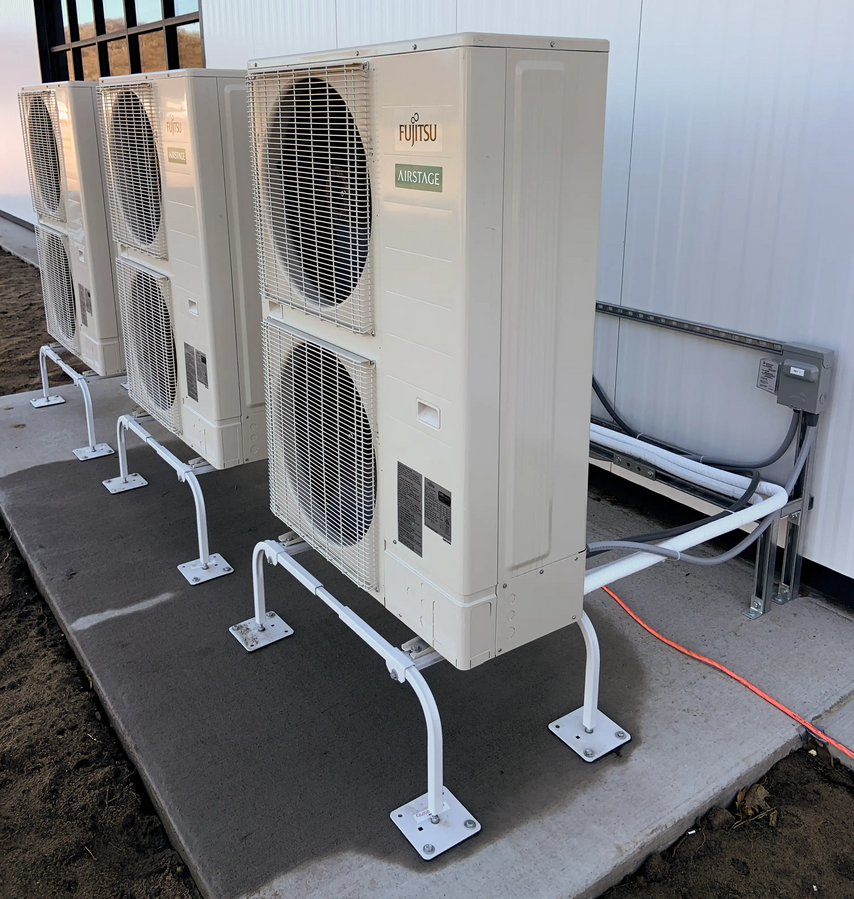Scientists have developed a new model for heat exchangers of heat pumps, combining the strengths of numerical modeling and machine learning.
Researchers from the French Technological University IMT Atlantique have developed a new neural accelerated dynamic (NAD) model for heat exchangers of heat pumps. This model integrates both the strengths of numerical modeling and machine learning to achieve a high precision computational efficient model.
“Under the components of the heat pump, heat exchangers include complex heat transfer phenomena and contribute to the majority of the dynamics of the heat pump. Under the common numeric approaches used in the dynamic modeling of heat exchangers, the finite volume and fvtheid, folkness and fvdhe The researchers. “However, it is often surpassed in terms of computational efficiency compared to other methods.”
The new NAD method is based on a simplified model, which means that instead of splitting the heat exchanger into many small parts, it treats it as one. However, simplified models can only approach the outlet values and the new model tries to increase that accuracy by introducing a neural network.
“A simple deep neural network (DNN) is used in the NAD model. For the condenser and evaporator NAD model, separate DNNs are used,” the academics explained. “For both, a similar neural network architecture was used in this study, which includes an input layer, two hidden layers with 30 neurons each and an output layer. Releasered Linear Unit (Relu) activation functions were used after each layer, except the input and inventions to do non-linearity.”
This neural network is therefore able to predict the exhaust values, which the simplified model cannot. Together, however, they form a universal differential comparison (UDE). “The most important idea of UDE is to use neural networks as universal approaches in differential comparisons. It makes the part of the physics possible that contributes to the most important dynamics of the system by including the neural network in the differential comparisons,” they explained.
To validate the new NAD model, the group has tested it against a regular FV model. Five different sets of heat pump performance were tested, namely 5,000 seconds, 10,000 seconds, 15,000 seconds, 20,000 seconds and 30,000 seconds. In the simulation of 5000 seconds, NAD 194 times faster than the FV model. In the other cases it was 233, 343, 319 and 267 times faster.
In the validation process, the NAD model achieved an average acceleration of 271 times, compared to the FV model and also showed excellent accuracy compared to the FV model, with errors of approximately less than 0.4%, and an R2 score of approximately 0.95, underlined their high level of accuracy and reliability, according to the examination team. In addition, the combination of the simplified physical model and machine learning showed that the NAD model is “robust and interpretable”.
The proposed technology was presented in “Neural accelerated dynamic modeling of heat pumps“Published in Applied thermal engineering.
This content is protected by copyright and may not be reused. If you want to work with us and reuse part of our content, please contact: editors@pv-magazine.com.

